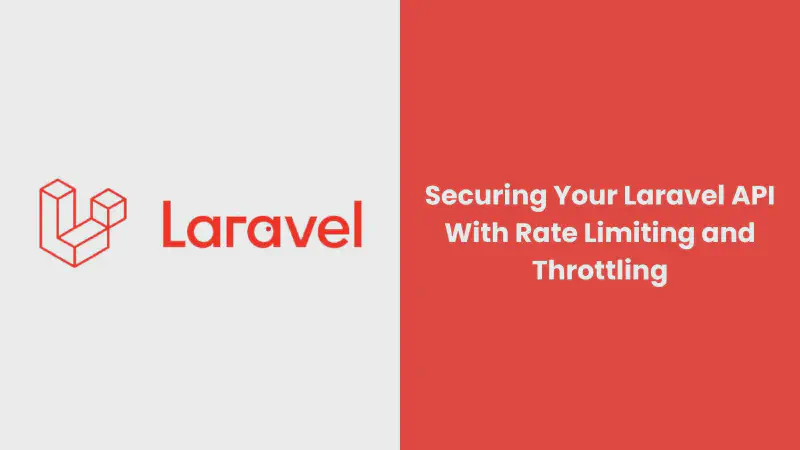Securing and optimizing your Laravel API is critical for maintaining high performance and reliability. When it comes to managing traffic and safeguarding against potential abuse, Laravel API rate limiting and throttling play a crucial role.
Understanding Rate Limiting in Laravel
Rate Limiting is a mechanism designed to control the number of requests a user or client can make to your API within a given timeframe. This feature is vital for preventing abuse and ensuring fair access to valuable Laravel API resources. Laravel provides built-in support for rate limiting through its ThrottleRequests middleware, which utilizes a token bucket algorithm to manage request limits.
How Rate Limiting Works in Laravel
By default, Laravel applies rate limiting to API routes using the api middleware group. You can customize these limits according to your application’s specific needs. For instance, you might set a limit of 60 requests per minute for a specific API endpoint. This configuration is achieved by modifying the api middleware in your app/Http/Kernel.php file:
|
|
In this example, 60,1 specifies that users can make up to 60 requests per minute. Adjust these values based on your traffic requirements and desired application performance.
Customizing Rate Limits for Different Scenarios
Customizing rate limits allows you to set different thresholds for various routes or user types. Laravel offers flexibility to define these limits in the RouteServiceProvider or directly within your route definitions. For example, you might want to apply stricter limits for sensitive endpoints or offer higher limits to authenticated users.
Here’s an example of how to configure different rate limits for authenticated and unauthenticated users:
|
|
In this configuration, authenticated users are allowed 100 requests per minute, while unauthenticated users are limited to 30 requests per minute. This approach tailors rate limits to user access levels and application requirements.
Implementing Laravel API Throttling
While rate limiting manages the total number of requests, throttling helps control the request rate to prevent sudden traffic spikes. Throttling smooths out the request flow, maintaining consistent performance and reducing the risk of server overload. Although Laravel’s built-in rate limiting handles bursts of traffic to some extent, additional throttling might be necessary for more granular control.
Creating Custom Throttling Middleware
Laravel does not include built-in throttling support, but you can achieve throttling through custom middleware or third-party packages. For example, you can create middleware to implement throttling logic based on request timestamps or use packages like laravel-throttle to integrate advanced throttling features.
Here’s a basic example of a custom throttling middleware:
|
|
This middleware tracks request counts and enforces a throttling limit, ensuring that users don’t exceed the defined request rate.
Conclusion
Effective rate limiting and throttling are vital for optimizing Laravel API performance and security. By controlling request rates and managing traffic flow, you can protect your API from abuse, ensure fair access, and maintain a stable user experience. Implement the strategies and best practices outlined in this guide to enhance your API’s security and performance.
